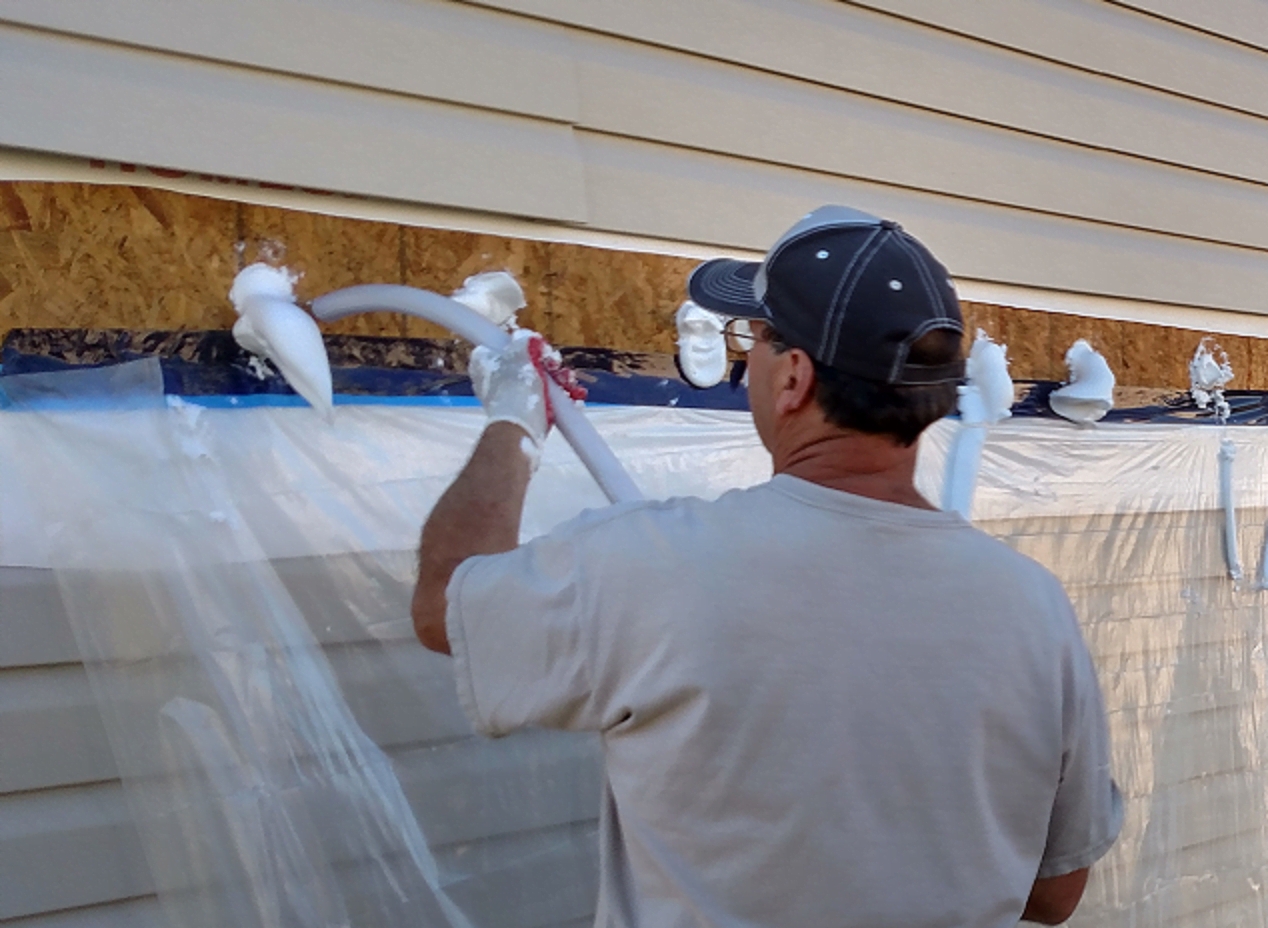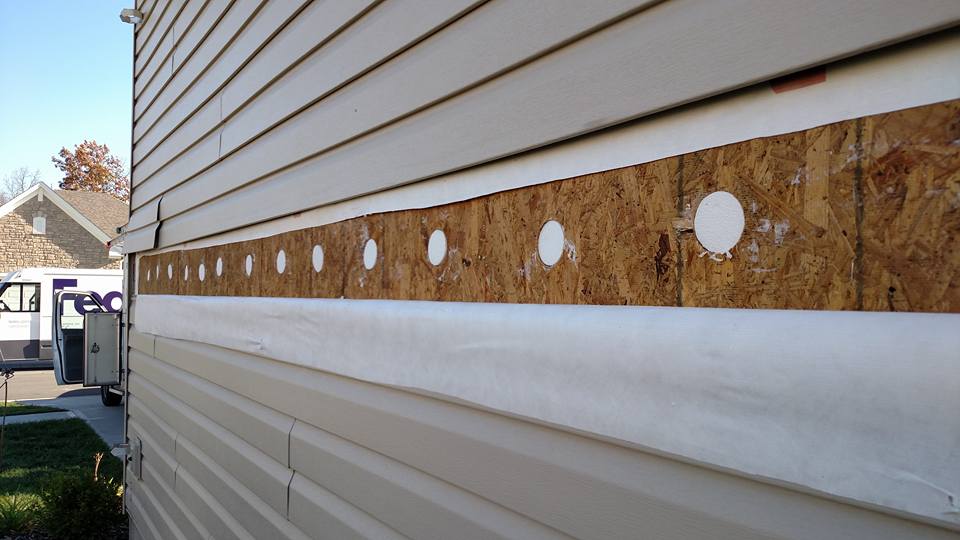Cavity wall insulation is essential for keeping your home warm and comfortable during cold weather. This type of insulation fills the hollow spaces within the walls of your home, creating a barrier that prevents heat loss and reduces drafts. Of the various cavity wall insulation methods available, injection foam insulation provides the best results for maximizing energy efficiency and creating a cozy living environment.
Injection foam completely fills the wall cavities, sealing any cracks or gaps that could let heat escape. This insulates your home and improves air sealing for better temperature and humidity control. The injection process allows foam to reach spaces that would be difficult to insulate otherwise. When installed correctly, injection foam insulation stops random air flow and creates a uniform insulation barrier. Your home becomes draft-free and much cozier.
Why Foam Injection is Superior to Other Insulation Types
Injection foam insulation has clear advantages over other common types like fiberglass batts or loose-fill insulation when it comes to cavity wall insulation. Here are some of the reasons injecting foam is the best choice:
Completely Fills Cavities and Seals Gaps
Injection foam fills the entire cavity space, unlike other insulation that can settle over time. This eliminates heat-stealing air pockets or gaps that allow convection currents to form. Injection foam also seals any cracks, holes, or joints that compromise the insulation barrier.
Conforms to Unique Cavity Shapes
The injection process allows the liquid foam to conform to the specific contours and layouts of wall cavities, even those with difficult angles or around obstructions. This maximizes contact with cavity surfaces for better insulation.
Higher Insulating Value Per Inch
Injection foam insulation provides an insulating value of about R-4.6 per inch, which is substantially higher than most other types of insulation. This allows the foam to create superior insulation blankets in the confined 2 to 3-inch depth of wall cavities.
Accessibility for Hard-to-Reach Spaces
Injection foam enables insulating areas that are often uninsulated or under-insulated in homes. Foam can be pumped into cavities between floors, around pipes, wires, ductwork, and other areas regular insulation cannot reach.
How Cavity Wall Foam Insulation is Installed
Installing cavity wall foam insulation utilizes a straightforward injection process:
- Small holes are drilled into the cavity walls, usually through the exterior wall surface.
- Liquid foam insulation is pumped through the holes and then fills the space.
- The holes are plugged.
The non-invasive method avoids the need to tear down drywall or siding to access wall cavities. The minimal drilling also causes far less disruption and damage compared to replacing existing insulation. Once fully cured, the rigid injection foam insulation adheres tightly within the cavity to provide superior resistance to heat flow.
Benefits of Injected Foam for Improving Your Home’s Performance
Upgrading to cavity wall injection foam insulation provides impressive benefits:
Enhanced Energy Efficiency
The superior insulating performance of injection foam maximizes energy efficiency. Heat is prevented from transferring out of your home during winter, and outside heat is reduced from entering in summer. This allows HVAC systems to work less and your home to maintain desired temperatures with lower energy usage.
Increased Comfort
Injection foam insulation stabilizes indoor temperatures and eliminates drafts that create cold spots. This makes your home feel warmer in winter and helps relieve hot spots in summer for greater comfort. Noise from outside is also dampened for a quieter indoor environment.
Lower Energy Bills
Reduced heat loss equals less energy required for heating and cooling. According to the EPA, homeowners can save up to 15% on heating and cooling costs by air sealing and insulating their homes.
Improved Indoor Air Quality
By controlling air leakage, injection foam insulation allows HVAC systems to operate optimally. Allergens, pollution, and moisture are kept outside where they belong, while conditioned air remains inside. This creates healthier indoor air.
Protection From Moisture Damage
Injection foam seals the insulation layer to protect against condensation and associated mold growth within cavity walls. This safeguards structural integrity and durability.
Added Curb Appeal
Enhanced comfort and energy savings make homes with foam insulation cavity walls more appealing to potential buyers. Upgraded insulation also protects against damage from the elements.
Insulate Your Home with Cincinnati RetroFoam
If you’re seeking RetroFoam insulation for your wall cavities, look to Cincinnati RetroFoam. Since 2015, we’ve provided superior insulation services that aren’t offered elsewhere. Our injection foam insulation works to provide superior comfort so you quickly reap the benefits.
In addition to injection foam, we offer blown-in and spray foam insulation. We work on existing homes, new construction, pole barns, and commercial properties. Let us help you insulate your space to provide years of lasting comfort. Contact us today for your free quote.
Frequently Asked Questions
How long does injected foam insulation last?
When installed correctly, the estimated lifespan of injection foam insulation is over 50 years. The rigid structure will not compress or degrade over time like other insulation types.


